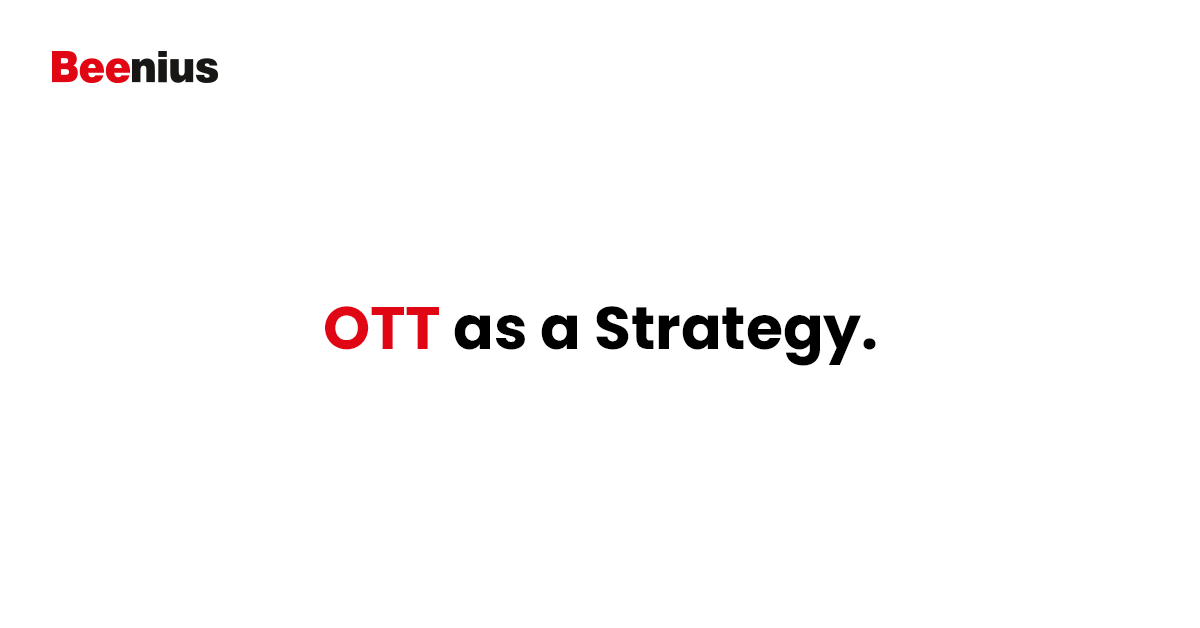15 May

Nowadays Operators’ challenges
Operators nowadays are facing many challenges, the biggest one being the churn rate.
The question imposes, what churn rate can they expect in the future? Is it seasonal churn?
Cord cutting is the main reason for churn rate, a movement popular in the States, that the Covid-19 pandemic spread across the globe.
Cord cutting is affected by various SVOD, AVOD, and other OTT services, and the fact that we live where a variety of services are offered, does not help. We are witnessing some key names like Disney+, HBO Max, Apple TV+, joining the market on top of the ones that are already there. They are a threat for the service provides today.
On the other side, free content is available almost anywhere, which is an additional threat to pay TV operators. According to reports, 76% of US household are subscribed to at least one OTT service, and 20% of them, have at least 3 subscription. But on a different note, 36% of the subscribers confirmed that in case of financial issues, the first thing to cancel would be their OTT subscription. This confirms that the OTT services are highly popular, but not considered as essential amongst the customers.
Average Revenue per User (ARPU), is affected by the drop in prices of the services and investment into content being on the rise, both due to tougher competition.
In addition, the viewing habits are constantly evolving, and it seems that switching to non-linear TV consumption is the only way. This requires an upgrade in operator’s technology and an increase in operator’s capacities of non-linear content providing.
Current operators’ approach
Operators nowadays offer Live TV, together with Catch-up TV and VOD, while OTT is considered and offered as a companion service, mainly due to the mobile and web apps.
In the past, operators were trying to acquire new subscribers by including new channels to their portfolio, however, research shows that a growth from 130 channels to 190 channels, generates only 0.2 additional channels that will be tuned in. In addition, an operator that offers 150 channels, 7 days of catch up TV and 3000 of 2h VOD, adds up to 31’200h of content at any given time, which does not get discovered by their viewers.
What needs to be done to improve the approach above?
Operators should start to unify all the data, recommendation based, Live TV, Catch-up TV and VOD, in order to help viewers find the right content, while monetizing the investment into the content.
Operators pay a lot of money for content that does not get discovered nor monetized.
Interoperability of existing infrastructure would be another approach. By enabling OTT on top of IPTV/DVB allows comfort of service, cross device usage, retention of current customers and acquiring of new ones.
Optimizing the content and using it as a main video asset, knowing that the viewers do not make a difference between Live TV, Catch-up TV or VoD. Content is content.
To dive deeper into OTT as a strategy, we will be looking at couple of models:
- Freemium model: a premium model to be used in a way where subscribers use operators’ OTT service with basic services for free, topped with some additional premium services that will be monetized.
- Bundles: mobile broadband, fixed lines, bring your own device.
- Ad funded service to monetize operators’ OTT strategy, as a source of additional revenue streams.
- AndroidTV as a strategy for STB, a tool that is directly addressing the younger generations that are looking for a simple and sophisticated solution.
- Value Added Services, that will expand operators’ portfolio and open new revenue streams.
- VOD library revenue share, with third party libraries collaborations. This approach ensures up to date VODs and lower investment for a library of that scale.
The goal for OTT as a strategy should be device bundling so that the subscribers can reach the content at any moment and anywhere, mobile devices as a customer acquisition tool, value-added services and advertising as ARPU generator.
Targeted Advertising is nowadays becoming a mayor driving force for OTT. Operators today are mostly using the classic ways of advertising such as billboards, radio and linear TV commercials, which has proved to be very expensive, but not very effective for service providers. As per our internal analysis, 70% of the audience that were exposed to a given advertisement and reacted to it, were already customers. To optimize the referenced percentage, operators should apply different advertising solutions, that would lower the cost of up sale, and increase the available resources for customer acquisitions.
Up sale can be very targeted, especially since operators know their customers, and this knowledge can be utilized for more optimized advertising. Targeted advertising is not only a tool for lowering the advertising expenditure, but an additional revenue stream and excellent cross sell tool. In addition, it allows operators to position advertising blocks within the UI and nonlinear content. This new technology brings new challenges for the service providers as it is a novel approach, but the industry is slowly shifting towards it. Advertising is enabling new business model and becoming an important driver for OTT.
To summarize, OTT as a strategy on the long run – definitely. One operator, one invoice, one solution, one application, one TV for one subscriber. With our capacity and the possibility of offering TV content on every device, anytime, anyplace, Beenius has what it takes for the launch of your successful OTT project.